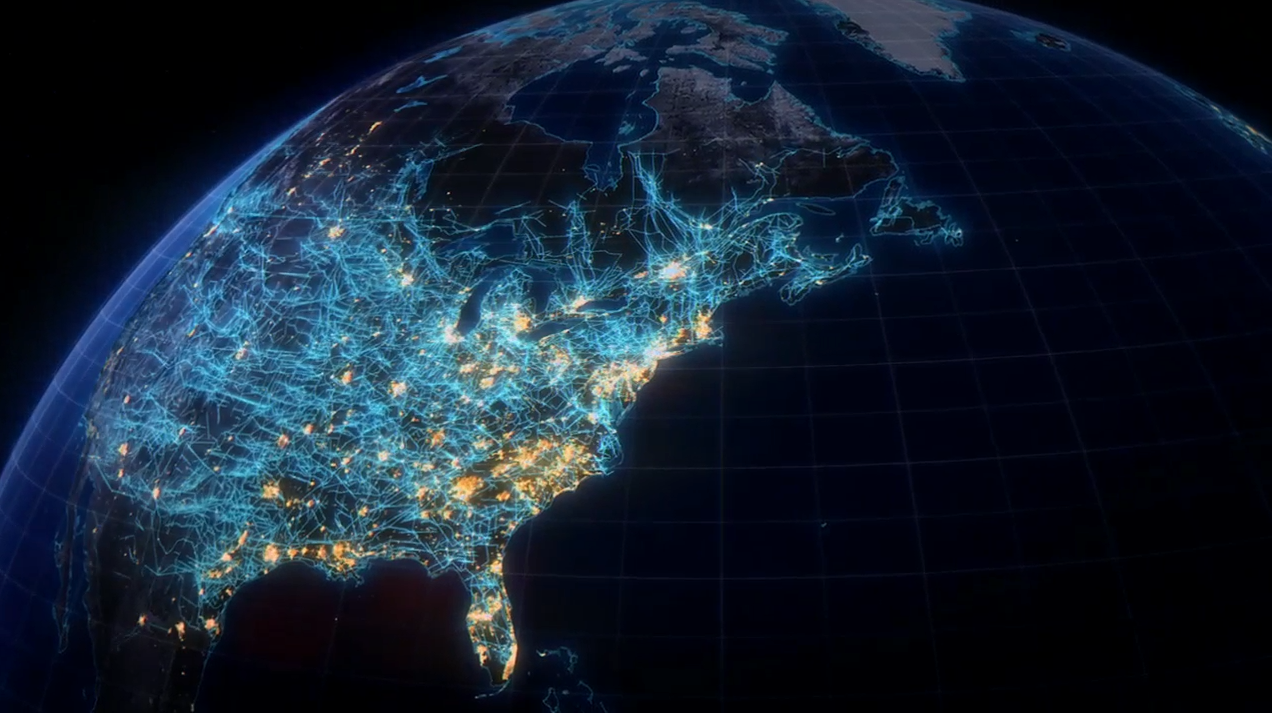Electricity is a fundamental form of energy that powers the modern world. It is the flow of electrical charge and is essential for powering everything from household appliances to industrial machinery and advanced technologies.
Generation Methods:
1.Fossil Fuels: Coal, natural gas, and oil-fired power plants.
2.Nuclear Power: Fission reactions in nuclear reactors.
3.Hydroelectric: Harnessing the energy of flowing water.
4.Solar Power: Photovoltaic cells converting sunlight into electricity.
5.Wind Power: Wind turbines generating power from air movement.
6.Geothermal: Utilizing heat from the Earth’s core.
7.Biomass: Burning organic materials for energy.
Transmission and Distribution:
1.Power Plants: Where electricity is generated.
2.Transformers: Adjusting voltage for efficient transmission.
3.Transmission Lines: High-voltage lines for long-distance transport.
4.Substations: Facilities for voltage step-down.
5.Distribution Lines: Lower voltage lines delivering to end-users.
6.Smart Grids: Advanced systems for efficient electricity management.
Consumption Sectors:
1.Residential: Powering homes and appliances.
2.Commercial: Office buildings, retail spaces, and public facilities.
3.Industrial: Manufacturing and heavy industry.
4.Transportation: Electric vehicles and rail systems.
5.Agriculture: Powering farm equipment and irrigation systems.
Environmental Impact:
1.Greenhouse Gas Emissions: From fossil fuel-based generation.
2.Renewable Energy Transition: Shift towards cleaner energy sources.
3.Energy Efficiency: Efforts to reduce consumption and waste.
4.Nuclear Waste: Long-term storage and disposal challenges.
Technological Advancements:
1.Energy Storage: Batteries and other storage systems for grid stability.
2.Microgrids: Localized grids that can operate independently.
3.Demand Response: Systems to manage electricity use during peak times.
4.AI and IoT: Improving grid management and efficiency.
Global Electrification:
1.Developed Nations: Focus on grid modernization and renewable integration.
2.Developing Countries: Efforts to expand access to electricity.
3.Off-Grid Solutions: Solar and wind systems for remote areas.
Economic Aspects:
1.Market Deregulation: Introducing competition in electricity markets.
2.Pricing Models: Time-of-use and dynamic pricing structures.
3.Investment in Infrastructure: Upgrading aging grids and power plants.
Challenges:
1.Grid Reliability: Ensuring consistent power supply.
2.Cybersecurity: Protecting critical infrastructure from digital threats.
3.Intermittency of Renewables: Managing variable output from solar and wind.
4.Energy Poverty: Addressing lack of access in underdeveloped regions.
Future Trends:
1.Decentralization: Move towards distributed energy resources.
2.Electrification of Transport: Growing adoption of electric vehicles.
3.Hydrogen Economy: Potential for hydrogen in electricity storage and distribution.
4.Fusion Power: Research into nuclear fusion for clean, abundant energy.
Electricity continues to be a critical driver of economic growth and quality of life worldwide. As the global community grapples with climate change and energy security, the electricity sector is undergoing significant transformations. The shift towards renewable sources, coupled with advancements in grid technology and energy storage, is shaping a more sustainable and resilient electrical future. However, challenges remain in ensuring universal access, maintaining grid stability, and managing the transition to cleaner energy sources efficiently and equitably.





